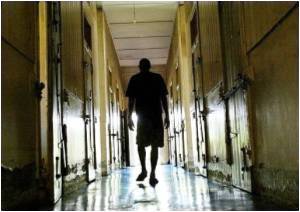
Despite ongoing efforts made by individual hospitals, health departments, and even the Australian Commission on Safety and Quality in Health Care to reduce hospital falls over the past decade, the problem persists.
Associate Professor Terry Haines from Monash University and Southern Health believes that a patient education program called 'Safe Recovery' that makes the patient the centre of the falls prevention effort could make all the difference for many patients.
Associate Professor Haines recently completed the world's largest randomised trial to date of a falls prevention intervention for hospitals. The results have been published in the prestigious journal, Archives of Internal Medicine.
The trial compared the rates of falls of older hospital patients provided with Associate Professor Haine's multimedia education program along with support from a research physiotherapist, against the rates of falls of patients receiving usual care.
Professor Haines found patients without cognitive impairment, who were using his education program and support from a physiotherapist, had a 50 per cent fewer falls than that amongst other similar hospital patients.
Advertisement
This trial was also unique because another form of patient education was examined at the same time. A third group of patients were provided with the video and written falls prevention materials on their own, but found this had no effect on the rate of falls.
Advertisement
"I encourage hospitals to not waste their resources by putting these materials together and providing them to patients if they are not going to be accompanied by follow-up from a health professional trained to provide the program."
Despite the success of this program, Associate Professor Haines does not believe he has completely solved the problem of hospital falls just yet.
"This education program was not effective for patients who were cognitively impaired. We had some promising results from an earlier study indicating there may be some benefit for these patients, however, the present study was larger and more controlled in its design and demonstrated that this was not the case. There is clearly more work to be done to find ways to help these patients," said Associate Professor Haines.
Patients for this study were recruited from the Princess Alexandra Hospital in Queensland, and Swan Districts Hospital in Western Australia, and the project was funded by a grant from the National Health and Medical Research Council.
Source-Medindia









